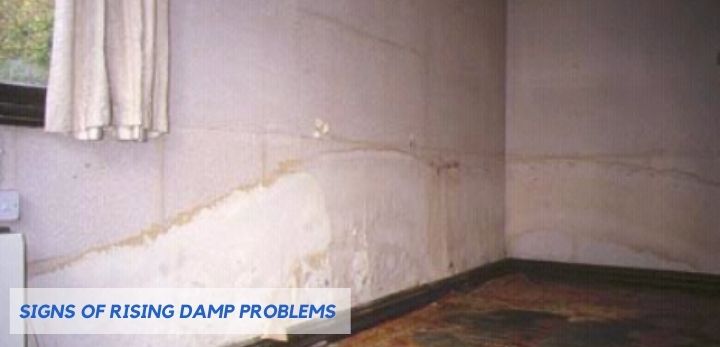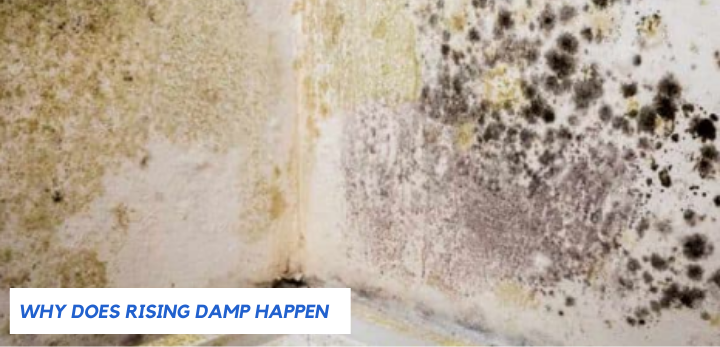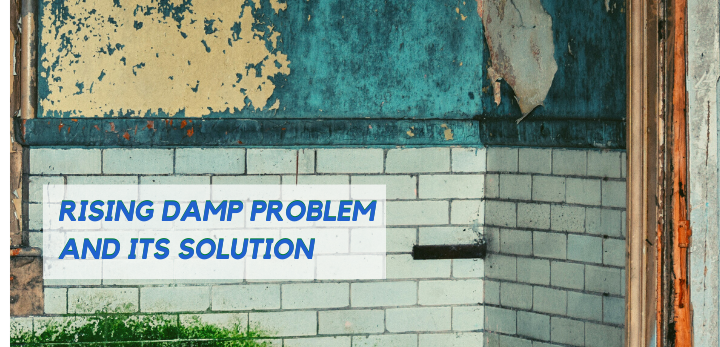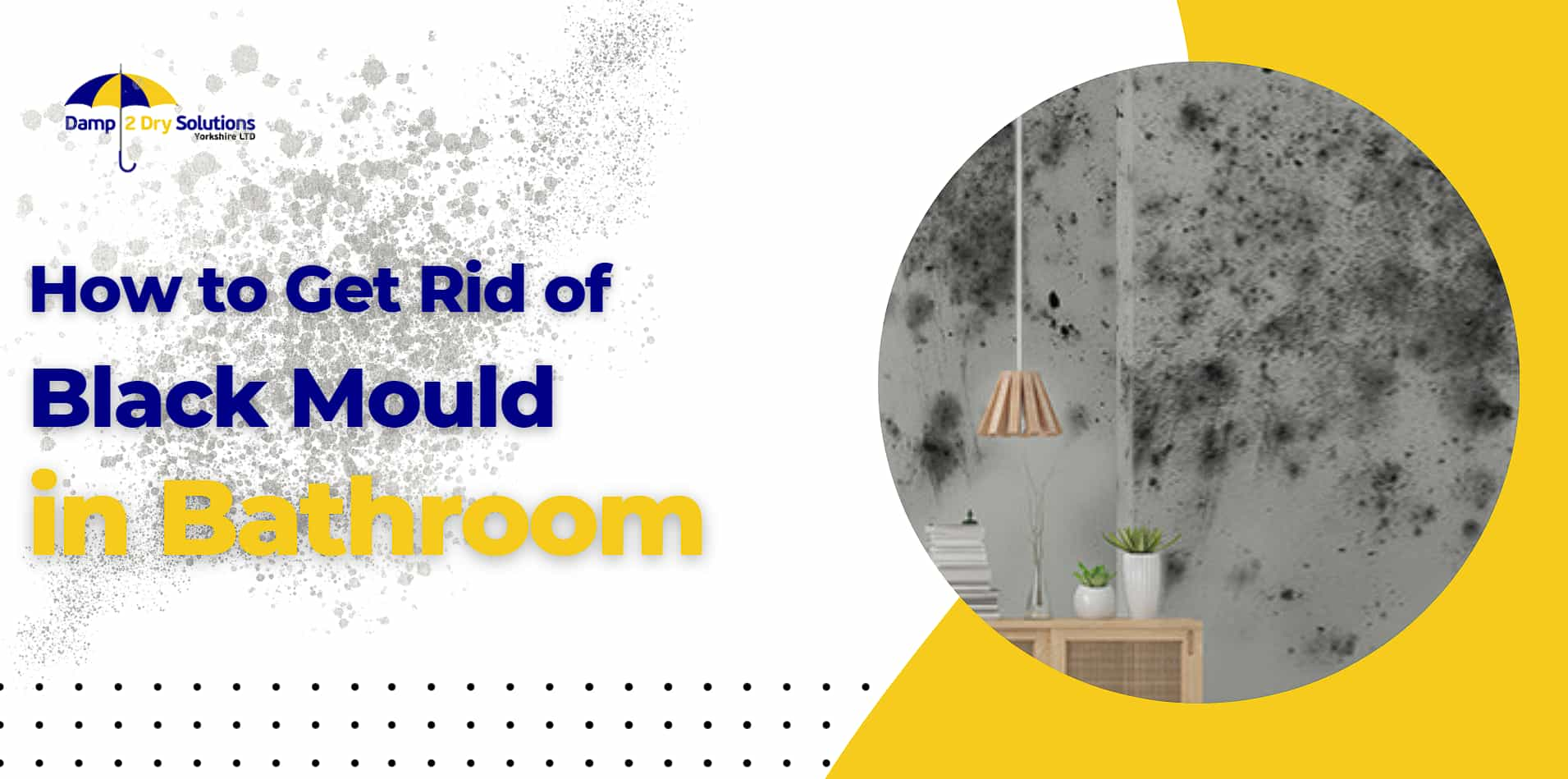Are you planning to buy a house? Is your house a bit older? Then you are going to thank us for today’s discussion because here we are about to discuss the most common problem that the walls of a house might have.
Yes, we are talking about the Rising Damp Problem that occurs when the brick foundation of a building absorbs water. As an outcome, the walls of your house get damaged. Now we will analyze the root causes of it and the ways of Dealing with the Rising Damp. So, let’s dive in!
What is Rising Damp in Simple Words?

Some damps damage the walls. Rising damp is one of these types of damps. According to rising damp experts, capillary action is the reason behind this. Sometimes the moisture of the base ground comes up via capillary action and affects the walls. The narrow and small tubes of the bricks suck the salty groundwater just like a bundle of tiny straws.
The walls of a building generally comprise timber and plasterworks. These materials consist of joists, skirtings, and boards. They absorb the groundwater and make the rot of the timbers wet.
The internal walls of a house become weak because of those Rising Damp External Walls. You will understand your walls are affected first when the wallpaper loosens and the paint and plaster decay. You will notice a stain on the surface when the wall has Rising Damp Problem. Sometimes salt blooms on the outer layer of a wall along with visible tide marks.
What are the common signs of Rising damp problems?

There are a few characteristics of rising damps that your walls have when these are affected. Consult immediately with your nearby damp treatment companies when you see any of those signs on your wall:
- Wet or damp patches on your wall
- Plaster consists of salt
- Bubbling and flaky wall plasters
- Musty or damp smell
- Crumbling bricks
- Morter between two bricks
- Visible tide marks
- Peeling paint
- Steel fastener
- Rotting floor and skirting board
- Black mold
- Rusting irons
Why Does Rising Damp Happen?

Building constructors generally install barriers at the base of a house to resist the groundwater from traveling up. They use a DPC as known as a damp proof course to establish the resistance. Those DPCs need to be water-resistant and non-absorbant. Manufactures use plastic, slate and bitumen to make the DPC non-absorbant.
Rising Damp External Walls occurs when a DPC fails to work. As time passes by, the DPC loses its capacity to resist water. From time to time the DPC starts bridging even when it remains robust. Then also rising damps appear. Check out the reasons why groundwater comes up bypassing DPC.
- Subfloor Void
- Debris in wall
- External renders
- Inside renders
- Overlapping plasters
- Solid floor
- Improper covering elements
- Abutting garden wall
- Bisecting building pattern
What are the most effective damp wall solutions?

Here we have covered the best ideas for Dealing with Rising Damp instantly. Have a look!
Clear and Drill the Damaged Wall:
Mark the discolored and wet area on the affected walls. Now wear a couple of sturdy hand gloves and be ready with a chisel and hamper. You will find many weak and loose portions of your wall plaster. Pull off those pieces. Now break the affected wall render by using the blade edge of a chisel and hammer. damp wall solutions.
Key elements to look over:
- The plaster that insulates your brick wall is called render.
- Use angle grinder when you cut through fast.
- Don’t remove the entire wall plaster if the seasonal damp problems damage a part of the wall.
Clean Out the Holes:
The walls of a building consist of some hole attachments. You can utilize them in a vacuum to remove the moisture and dust. Buy a DPC cream and fill the caulk gun with the entire tube. Stick the tip of the gun up to the deepest of the hole. Now trigger on the gun and fill the hole with cream. Apply the DPC cream this way into every hole of the bricks.
Keep the cream that way for one night. Eventually, the cream will melt into liquid and the bricks will absorb it. It makes the wall waterproof. The cream usually takes 12 hours to be completely set in the walls. Apply another layer of cream on the next day and keep it there for 12 hours. This is the best way of dealing with Rising Damp.
Final Words
The rising damp problem is one of the most faced issues in old constructions. It happens when the foundation barriers fail to resist water or DPC deteriorates. But you can easily avoid it by using a simple trick.
Generally, constructors suggest renovating or anti-sulfur plaster when you replaster your building. But, rising damp experts prefer lime plasters for reducing future chances of rising damps. Usage of soft distemper and limewash while painting increases breathability. Implement those suggestions when you paint or plaster your house and enjoy happy living with no risk of rising damp.
If, at any point, during the diagnosis process you feel that you need some additional insight or advice please call damp surveyor on 07401553791. They will be able to offer you support at affordable rates.
Damp2dry solutions deliver damp proofing services to Rotherham, Beverley, Doncaster, Beverley, Sheffield, Bridlington, Wakefield, Leeds, Barnsley, Bradford, Halifax, and Batley from our head office in Huddersfield.





